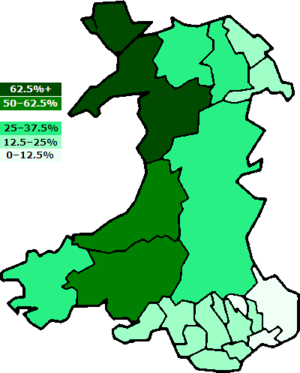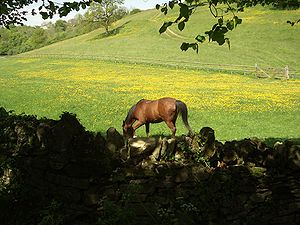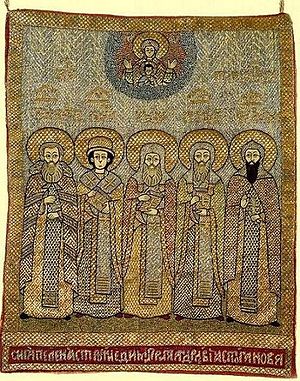 Image via Wikipedia
Image via WikipediaFor five days the streets, churches, conference centres and arts venues of Dresden were full of people wearing bright green (fairly-traded) cotton scarves, with the motto “da wird auch dein Herz sein” (…there will your heart be also). 120,000 Christians (20% of them Catholic) had gathered to experience a huge variety of talks, performances, acts of worship, celebrations and encounters. The bulky programme sent to all those who registered contained over 2000 different options. Navigating the programme required determination and a reasonable knowledge of German. Thankfully, the Kirchentag is well equipped to help international guests and an abbreviated version of the programme was produced in English, highlighting events which were in English or had English translation available. The International Visitors’ Centre provided a wonderful service, offering a place for visitors to rest as well as opportunities to make contact with (mostly young) people who were prepared to act as personal interpreters and go along to events that were otherwise in German.
The opening outdoor service, in three different venues, the main one attracting 60,000 people, was followed by an “evening of encounters”, where local churches set up stalls all around the city, offering refreshment, entertainment and conversation. At the end of the evening participants lined both banks of the River Elbe and lit candles, while the river itself became a “sea of lights”, with candles being swept down the river, while a specially-commissioned piece of music echoed round the city centre.
The delights of hearing world-renowned speakers, listening to music or experiencing performances were sometimes tempered by the frustrations of finding that venues were full up. At the same time, it would be fantastic if we saw signs on our streets saying “church full”! The experience of sharing communion with 120,000 people at the closing service creates a lasting impression too.
The German Kirchentag is at the same time inspiring, exciting and overwhelming. There is really nothing like it and it leaves participants buzzing with ideas. The next opportunity to participate (and it can’t be recommended highly enough) comes in from 1-5 May, 2013 in Hamburg.

























